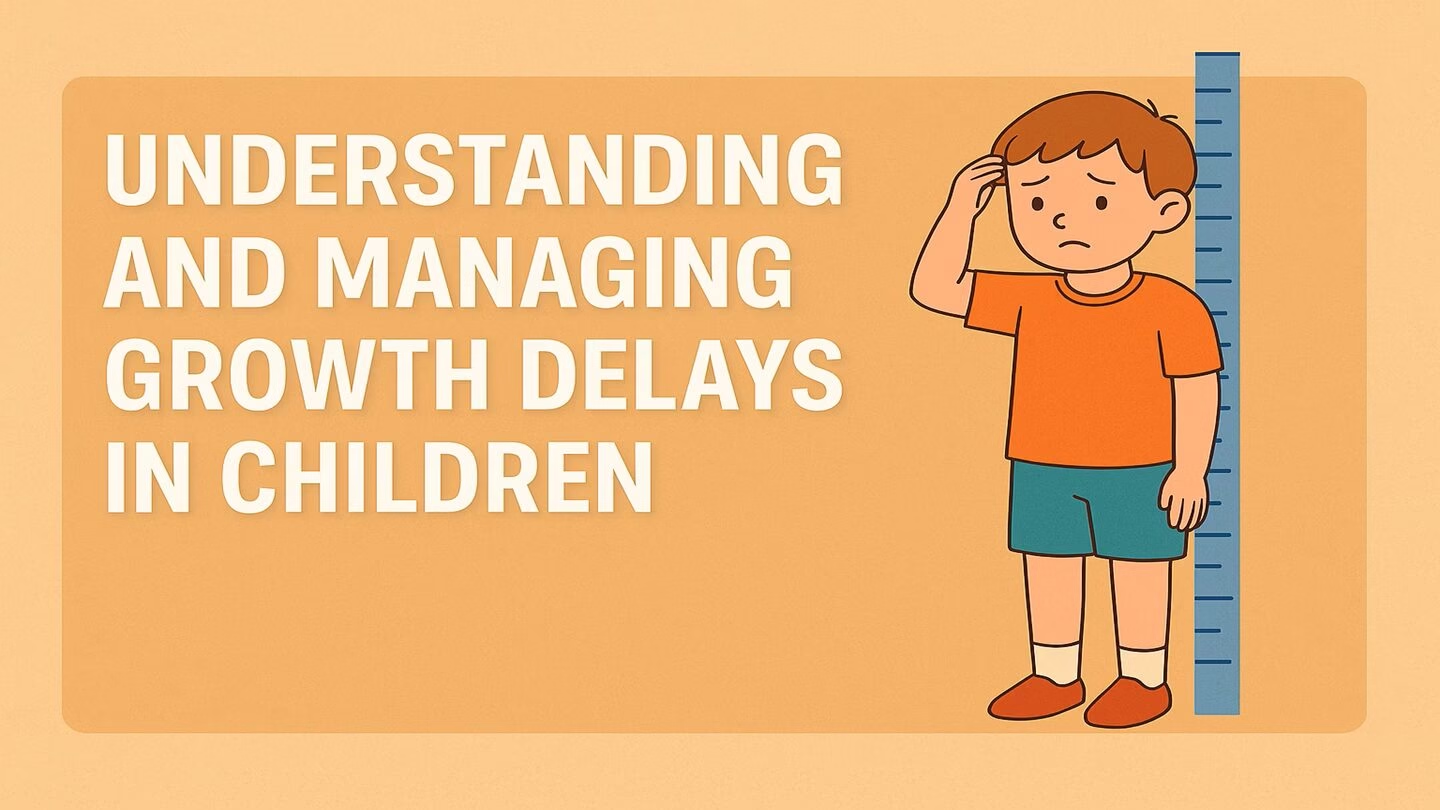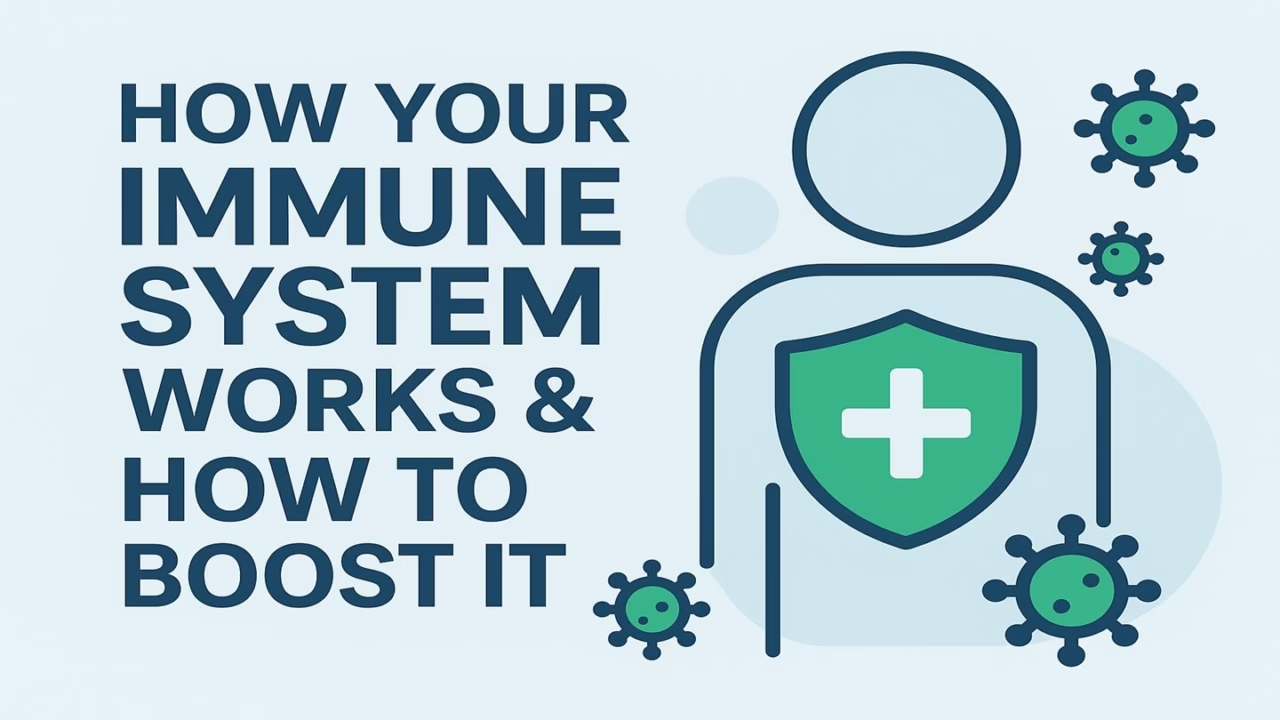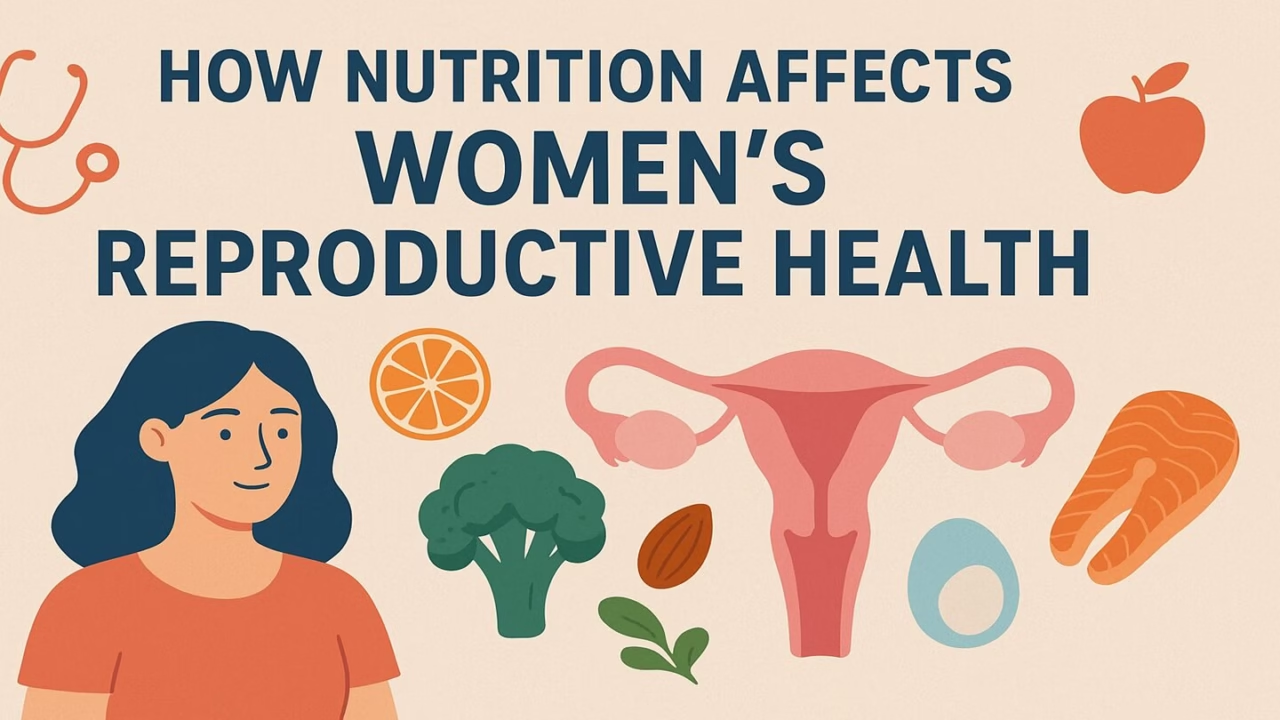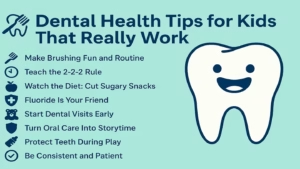Introduction
Every parent watches their child grow with wonder—from first steps to increasing height. But what happens when that growth slows or stops altogether? Growth delays in children can be alarming, but early identification and management often lead to good outcomes.
This article explores why growth may slow down, signs to watch for, common causes, and what parents can do to support healthy development.
What Is Considered a Growth Delay?
Growth delay refers to a child not growing at the expected rate for their age and gender. It can involve:
- Height below the 3rd percentile for their age group
- A drop in growth velocity (how fast a child is growing annually)
- Delayed puberty or development milestones
Signs of Growth Delay in Children
- Clothes not getting tighter or shorter over time
- Shorter stature compared to classmates or siblings
- Slower weight gain
- Delay in hitting milestones (like walking or talking)
- Lack of puberty signs by age 13 in girls or 14 in boys
Common Causes of Growth Delays
1. Nutritional Deficiencies
- Inadequate intake of protein, calories, vitamins (especially Vitamin D, calcium, iron, zinc)
- Poor absorption due to digestive issues
2. Chronic Illness
- Conditions like celiac disease, asthma, kidney problems, or congenital heart defects can affect growth.
3. Hormonal Imbalances
- Growth hormone deficiency
- Thyroid hormone problems (hypothyroidism)
4. Genetics
- Family history of late bloomers (Constitutional Growth Delay)
- Genetic syndromes like Turner Syndrome or Down Syndrome
5. Psychosocial Factors
- Neglect, emotional stress, or trauma can contribute to a condition called psychosocial dwarfism.
Diagnosis: How Is Growth Delay Evaluated?
Doctors often use:
- Growth charts to track trends over time
- Bone age X-rays to check if bones are developing properly
- Blood tests for hormones, thyroid, iron, and vitamin levels
- MRI if a brain issue (like a pituitary tumor) is suspected
Treatment and Management Options
🌱 1. Nutritional Support
- Balanced diet rich in protein, dairy, leafy greens, fruits, and whole grains
- Supplementation of vitamins and minerals if needed
💉 2. Hormone Therapy
- Growth hormone injections may be prescribed if there’s a deficiency.
- Regular monitoring is essential during treatment.
🧠 3. Psychosocial Intervention
- Counseling and emotional support if stress, anxiety, or trauma are contributing factors.
🩺 4. Treat Underlying Conditions
- Managing chronic diseases, digestive disorders, or endocrine problems can help restore normal growth patterns.
How Can Parents Help at Home?
- Ensure regular pediatric checkups
- Monitor diet, sleep, and physical activity
- Foster a positive home environment free of stress
- Keep records of growth milestones and share concerns early with your doctor
When to See a Specialist
Visit a pediatric endocrinologist if:
- Your child’s height is significantly below average
- Growth has plateaued for more than 6 months
- There are signs of puberty delay beyond expected age
Conclusion
Growth delays can be worrying, but most causes are treatable—especially when caught early. If your child isn’t growing as expected, don’t panic. Consult a pediatrician, track growth over time, and provide the nutrition, care, and emotional support they need to thrive.
ABOUT THE AUTHOR
Dr. Nora West is a highly skilled MBBS doctor with a special interest in women’s health and patient education. She is dedicated to providing compassionate care and believes in building strong doctor–patient relationships based on trust and understanding. Dr. Nora focuses on empowering her patients with the knowledge they need to make informed decisions about their health. She is particularly passionate about preventive medicine, nutrition, and lifestyle interventions that can significantly improve quality of life. Known for her warmth and professionalism, Dr. Nora combines evidence-based medicine with a personalized approach, ensuring every patient feels supported on their journey to better health.


















Add comment